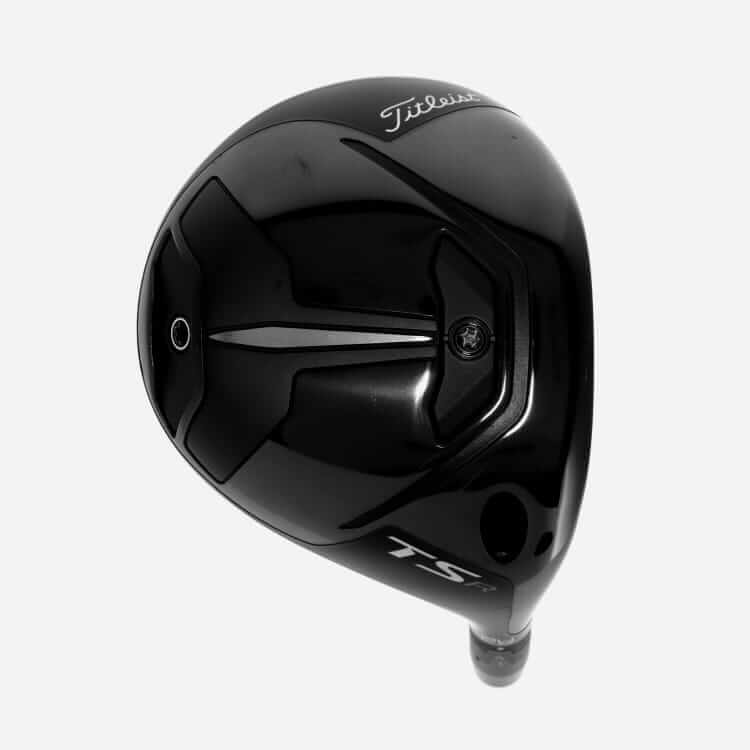Equipment
SPOTTED: Cobra KING Tour Irons
2020, despite all of its shortcomings, is becoming quite a year for golf. Indeed, we are being blessed with our first fall Masters (merely 21 days away), a massive resurgence in the amateur golfing world for both golf courses and equipment sales and, most recently, tons of equipment releases.
Indeed, in 2020 alone, has included new iron releases from (1) TaylorMade and the P770, P7MC and P7MB irons, (2) Mizuno and the JPX921 Irons (Hot Metal, Forged and Tour) (3) Titleist and the CNCPT CP-03 and CP-04 irons and (4) Callaway and the Apex MB and X Forged CB. However, that fails to account for the teaser pictures we’ve seen of the upcoming Callaway Apex irons, PXG 0211 FBs and Srixon ZX irons.
However, I’d like to focus on the OEM that, in my opinion, doesn’t get the credit it truly deserves: Cobra Golf.
View this post on Instagram
You see, while Callaway and TaylorMade steal most of the spotlight with their A.I.-design and Inertia Generator technology, Cobra has really been the golf company that, I believe, is pushing the envelope. Let’s not forget, Cobra is the first to mill their driver faces and, thus, take precision and manufacturing tolerances to a level that’s currently unrivaled.
Furthermore, Cobra has recently explored Metal Injection Molded (MIM) production with golf clubs. To explain, irons and wedges are generally made in one of two ways: forged, where a single piece of metal is hammered and/or pressed into the shape of a club, or cast, where liquid metal is poured into molds and then cools into a solid-form in the shape of the club head.
There are pros and cons to each method, but Cobra believes the MIM is a viable third option that provides the near limitless design advantages of cast and the soft but solid feel of forged.
The MIM crash course is that Cobra starts with a metal powder that is mixed with a binding substance. This is injected into the initial, “raw” head shape, which is then heated up to melt out the binding substance. The “raw” head is then heated up to just below its melting point so any remaining binding substance is removed and, perhaps most importantly, the remaining metal construct becomes more dense. This is, arguably, the biggest shortcoming of cast manufacturing, as density is, generally, reserved for forged clubs and their signature feel.
It’s worth noting that MIM technology is used to make precisions instruments and components in the medical and aerospace fields, so it’s not unreasonable to assume that Cobra could drastically reduce its manufacturing tolerances and, thus, make every individual iron a virtual replica of the previous one that came off the assembly line
View this post on Instagram
Cobra has already shown that MIM delivers exactly what it promises—precise, solid and dense construction with soft feel—with the KING MIM wedges, which have already been met with very positive reviews.
But wedges and irons require separate design features, so what makes the KING Tour irons special is how Cobra has also incorporated tungsten in the toe of each iron to help relocate the center-of-gravity to the true center of the clubface. In addition to repositioning the CG, Cobra has also put a thermoplastic polyurethane (TPU) insert directly behind the clubface to help amplify that soft feeling and dampen any rattle.
While some people may hear TPU and immediately think the KING Tour irons are rocket launchers (e.g., PXGs, TM 790s, etc.), but that could not be further from the truth.
Indeed, a cursory review of the KING Tour irons’ specs reveal that this is, very much in fact, a better-player’s iron that, by Cobra’s own words, should be viewed in between the muscle back forged iron and a player’s distance iron. In fact, Cobra is viewing the KING Tour irons as a perfect melding of a forged cavity back and muscle back iron, which explains the true, more traditional lofts, reduced offset, thinner topline and shortened blade length.
View this post on Instagram
| 3 | 4 | 5 | 6 | 7 | 8 | 9 | PW | GW | |
| Loft | 20° | 23° | 26° | 29° | 33° | 37° | 41° | 45° | 50° |
| Offset (mm) | 3.8 | 3.4 | 3.1 | 2.9 | 2.5 | 2.3 | 2.1 | 1.9 | 1.9 |
The standard KING Tour iron set comes in 4 iron to Pitching Wedge, but a 3 iron and Gap Wedge can also be added. In addition, the KING Tour iron will come equipped with KBS $ Taper (Chrome), available in Regular (110g), Stiff (120g) and Extra Stiff (130g) flexes, with COBRA Lamkin Crossline Connect (Black) grips that are enabled for COBRA Connect and ARCCOS Caddie. The standard KING Tour iron set retails at $1,299 and will be available for sale starting October 30, 2020.
Naturally, it’ll be very interesting to see how Cobra continues to leverage the golf club knowledge and manufacturing capability it amassed from milling faces for its woods and, now, MIM. If the KING Tour irons turn out to be as good as the MIM Wedges, it wouldn’t be surprising to see MIM offerings to outnumber the forged and cast options currently available in its catalog.
Cover Image via Instagram
-

 News4 days ago
News4 days agoRory McIlroy Files for Divorce from Erica Stoll
-

 News22 hours ago
News22 hours agoPolice release Scottie Scheffler’s Mugshot
-

 News23 hours ago
News23 hours agoScottie Scheffler DETAINED by Police Outside of PGA Championship
-

 News22 hours ago
News22 hours agoHow Scottie Scheffler Can Miss His Tee Time and Still Play the PGA Championship
-

 News1 week ago
News1 week agoLIV Golf Has Tiger Woods and Rory McIlroy’s Relationship on Thin Ice
-

 Equipment1 week ago
Equipment1 week agoTitleist Hops On ‘Mini-Driver’ Hype with CRAZY TSR 2-Wood
-

 Fantasy Golf Predictions5 days ago
Fantasy Golf Predictions5 days agoFantasy Golf Picks, Odds, and Predictions – 2024 PGA Championship
-

 News4 days ago
News4 days agoAdam Scott Drops BOMBSHELL Regarding PGA Tour Board, Rory McIlroy Drama









